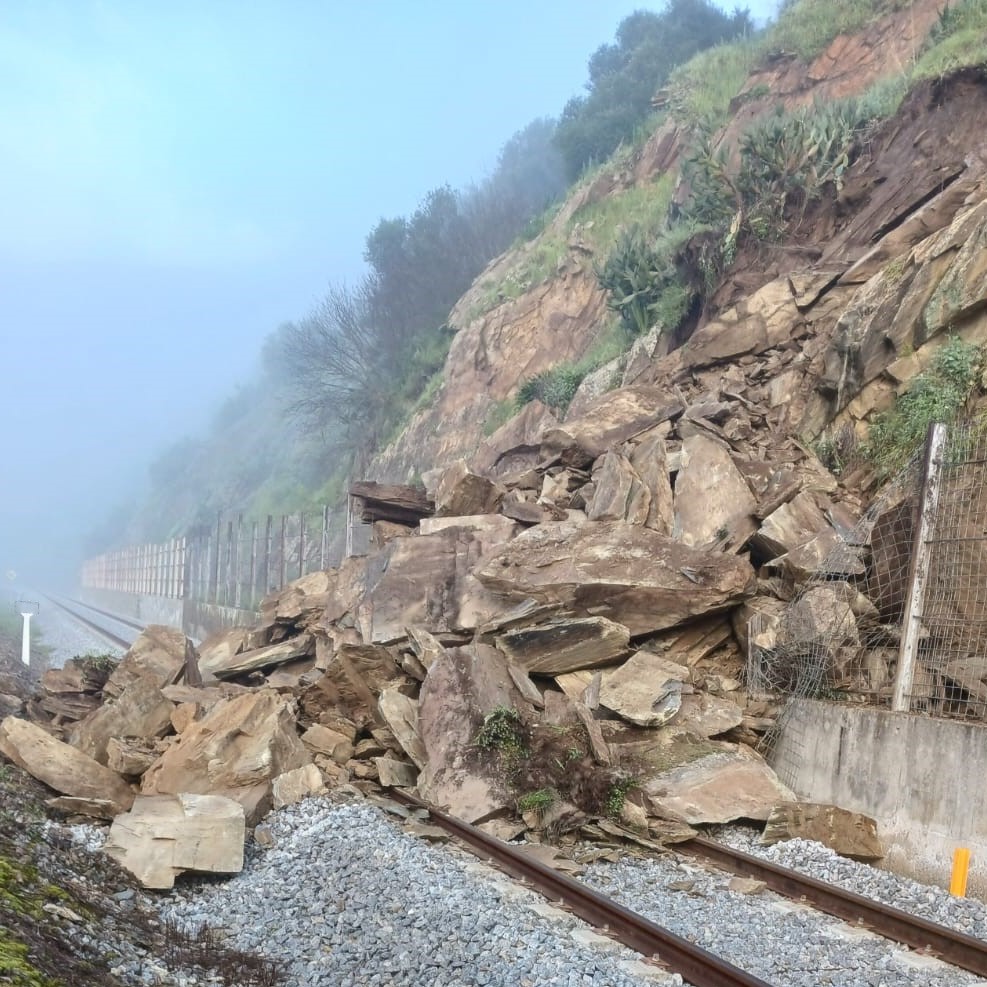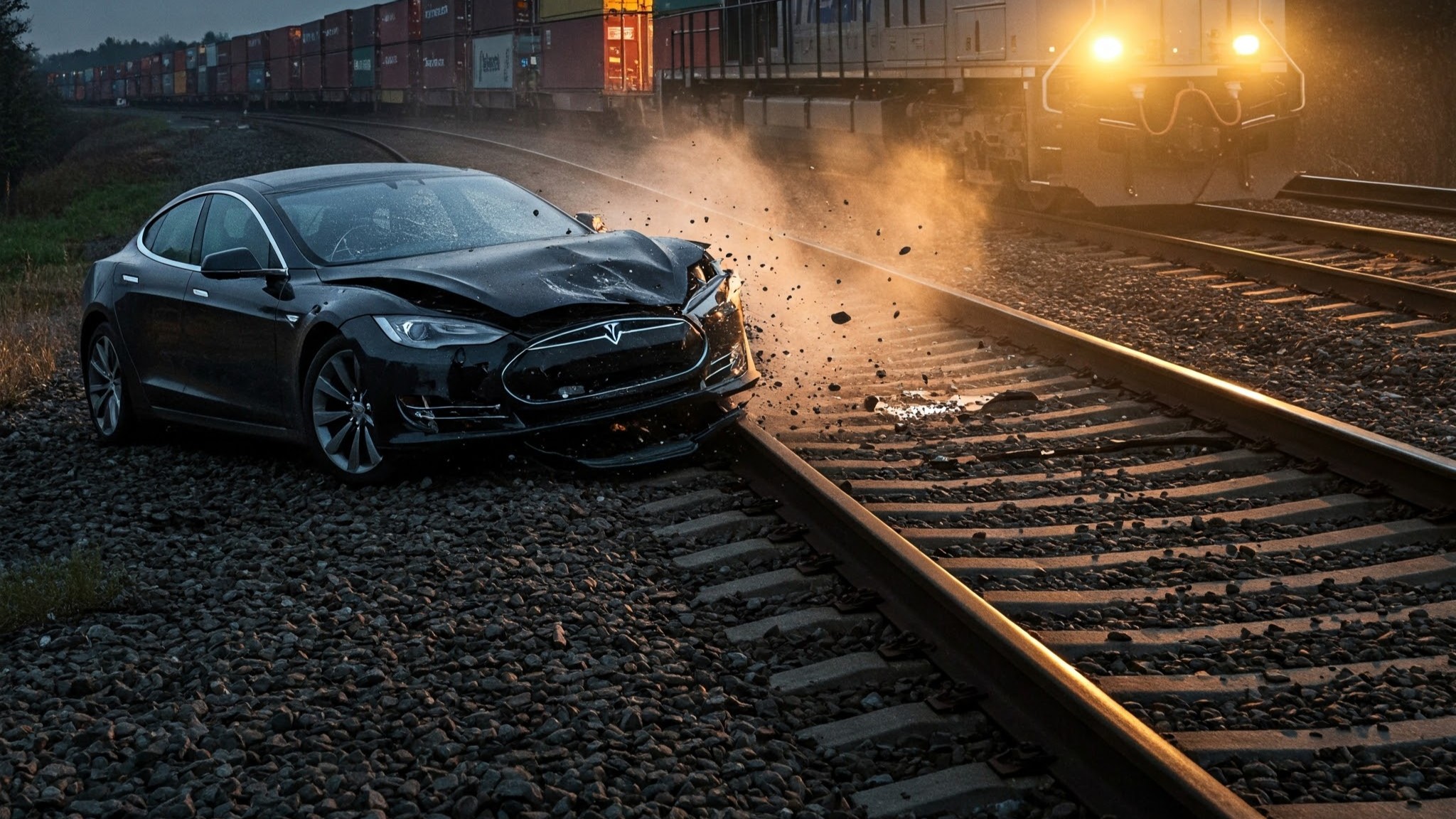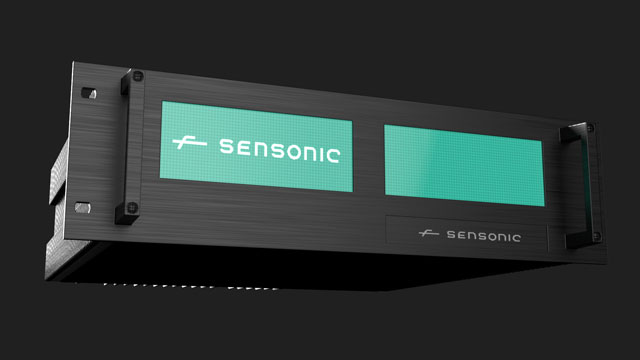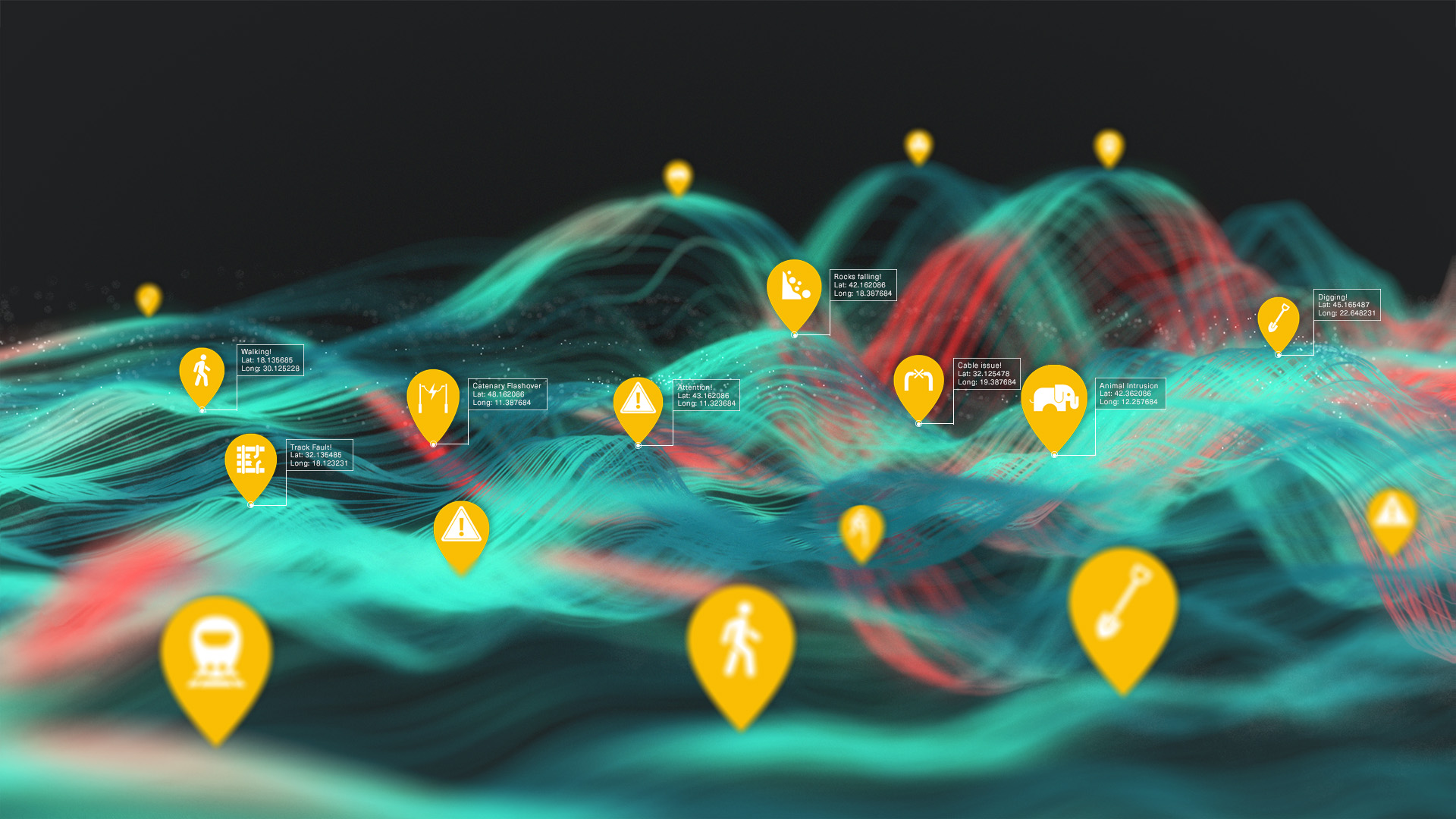How Distributed Acoustic Sensing is Transforming Railway Landslide Detection
For generations, railways have carved their paths through rugged landscapes, braving the elements, and conquering sometimes challenging terrain. But one silent threat still lurks beneath the surface – landslides. Rail route gradients must be shallow leading to the extensive use of cuttings, embankments, and other earthworks to flatten the route during construction. But what happens if these earthworks fail, slip or slide? At best a bumpy ride for the customer, at worst – Disaster.
Earth movements can wreak havoc on tracks, disrupting operations for days, weeks or even in some cases months, whilst the slope is stabilised, and material removed or replaced. The period after the landslide but before it is detected pose the biggest safety risk to trains. Traditionally, railways rely on visual inspection and often the reports of train drivers to identify unstable slopes. This has obvious limitations where a landslide develops suddenly or unexpectedly. As when a driver sees a landslide across their route they usually cannot stop before they hit it or they travel over displaced track.

The traditional approach to landslide monitoring
Where slopes are known to be at substantial risk or have historic problems, trackside sensors can be used to detect slope movements. Slope movements can be large in scale or can be highly localised. A small amount of material in the wrong place can lead to a catastrophic rail accident as evident at the Stonehaven derailment. To provide adequate detection resolution of material flow, many sensors are needed which limits the practical length of route that can be monitored.
Tilt sensors often seem the lowest cost instrumentation option but to monitor 100m of railway cutting as many as 200 sensors may be needed, each needing installation, maintenance and supporting infrastructure. The high number of sensors needed makes protecting large lengths or entire routes with this method both impractical and too costly. Other options such as wire sensors are prone to false alarms and require on-site reset limiting their application.
What if there was a way to do more with less, using modern technology to keep our rail operations safe?
Enter Distributed Acoustic Sensing (DAS), a game-changer in the field of landslide detection
DAS harnesses the power of fiber optic cables often already present in railway infrastructure. By sending laser pulses down these cables and analysing the reflected light, DAS can detect even the faintest vibrations in the ground along the length of the fiber. This makes it an extremely sensitive tool for detecting the ground vibrations generated by landslides and rockfalls. For more on how DAS works see here.
How many sensors could you save?
How does DAS revolutionise railway landslide detection?
- Comprehensive coverage: As DAS uses a continuous trackside fibre there are no gaps between sensors.
- Fewer Sensors: One Sensonic DAS sensing unit listens to up to 80km of fibre optic cable with a resolution better than 10m. Entire route protection now becomes feasible.
- Reduced installation costs: DAS can use existing trackside fiberoptic cable. If a single dark fibre is present, no new trackside equipment is needed.
- Reduced maintenance cost and risk: No unstable slopes to climb to replace sensors, change batteries etc. The monitoring fiber requires no routine maintenance and lasts for decades.
- Less lineside clutter. No sensor support equipment to install. No solar panels, no wi-fi or mobile antennas etc.
- No on-site resets needed and multiple issues along the same route can be detected.
- Covert and tamper resistant. Tired of trespassers knocking over tilt sensors or using them for target practice? Below ground fiber cable does not attract unwanted attention.
- Insensitive to weather (fog, snow etc can defeat visual monitoring and LiDAR systems),
- Improved response time. DAS listens to track 24/7 sending real-time alerts.
- Scalability. Entire route protection can be available in weeks rather than years.
Want to find out more about landslide protection?
Landslide and Rockfall Monitoring
There's more too:
Whilst Sensonic DAS provides proven landslide detection, it also generates other infrastructure insights too including rockfall, security, trespass and even monitors changing track condition. See our applications pages for more information on what else the same sensor system can reveal on your railway.





